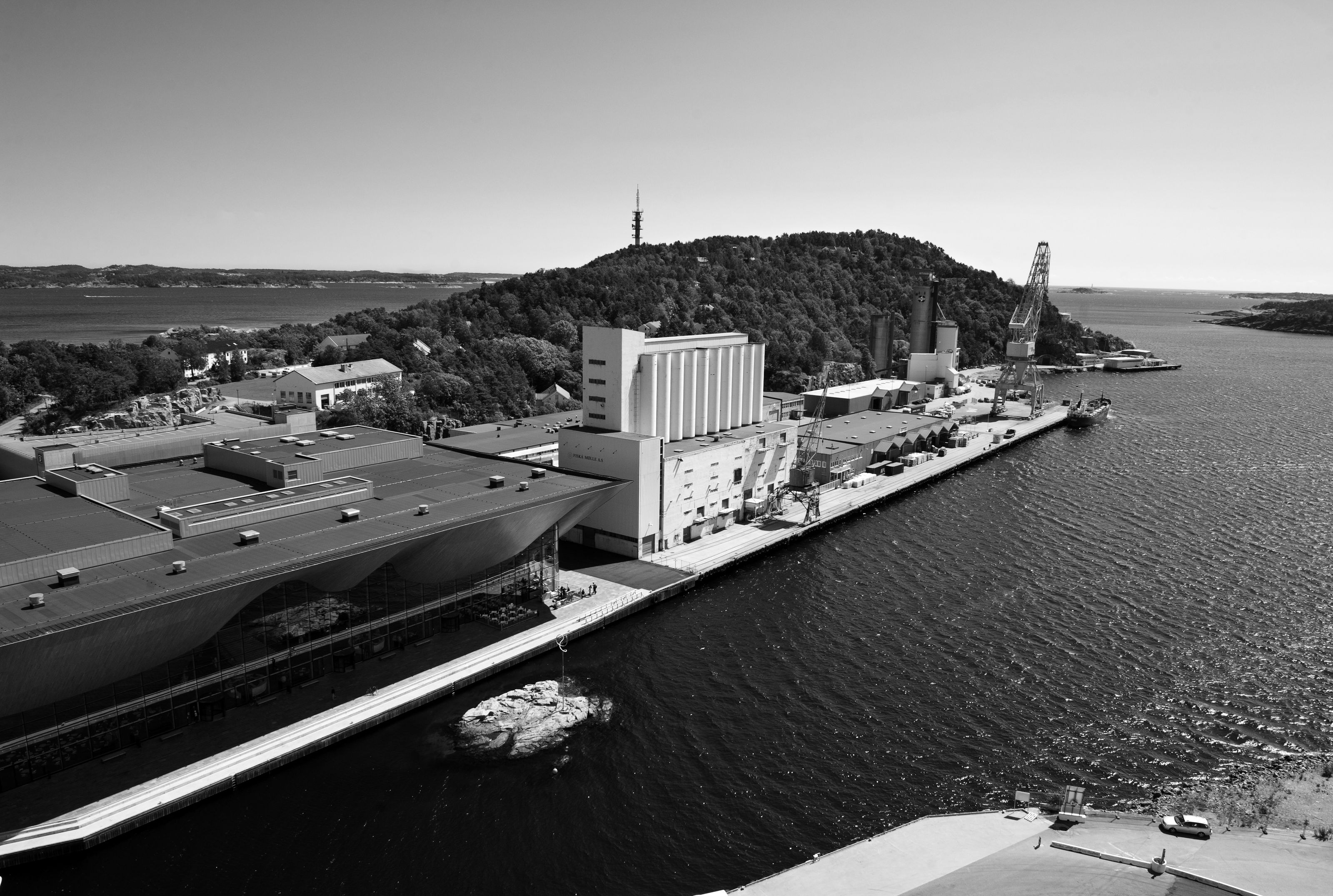Welcome!
Works from the Tangen Collection, the Southern Norway Art Collection, and the Christianssands Billedgalleri make up Kunstsilo’s permanent collections.
Kunstsilo is an award-winning, former grain silo on Odderøya in Kristiansand, Norway, that has been transformed into one of Northern Europe’s most innovative powerhouses for art and cultural experiences.
The museum is home to the Tangen collection, the world’s largest collection of Nordic modernism, and the permanent collections of Kunstsilo. In addition, there will be international digital contemporary art, temporary exhibitions, and an expanded offer with lectures, concerts, food experiences, workshops, function rooms and events.
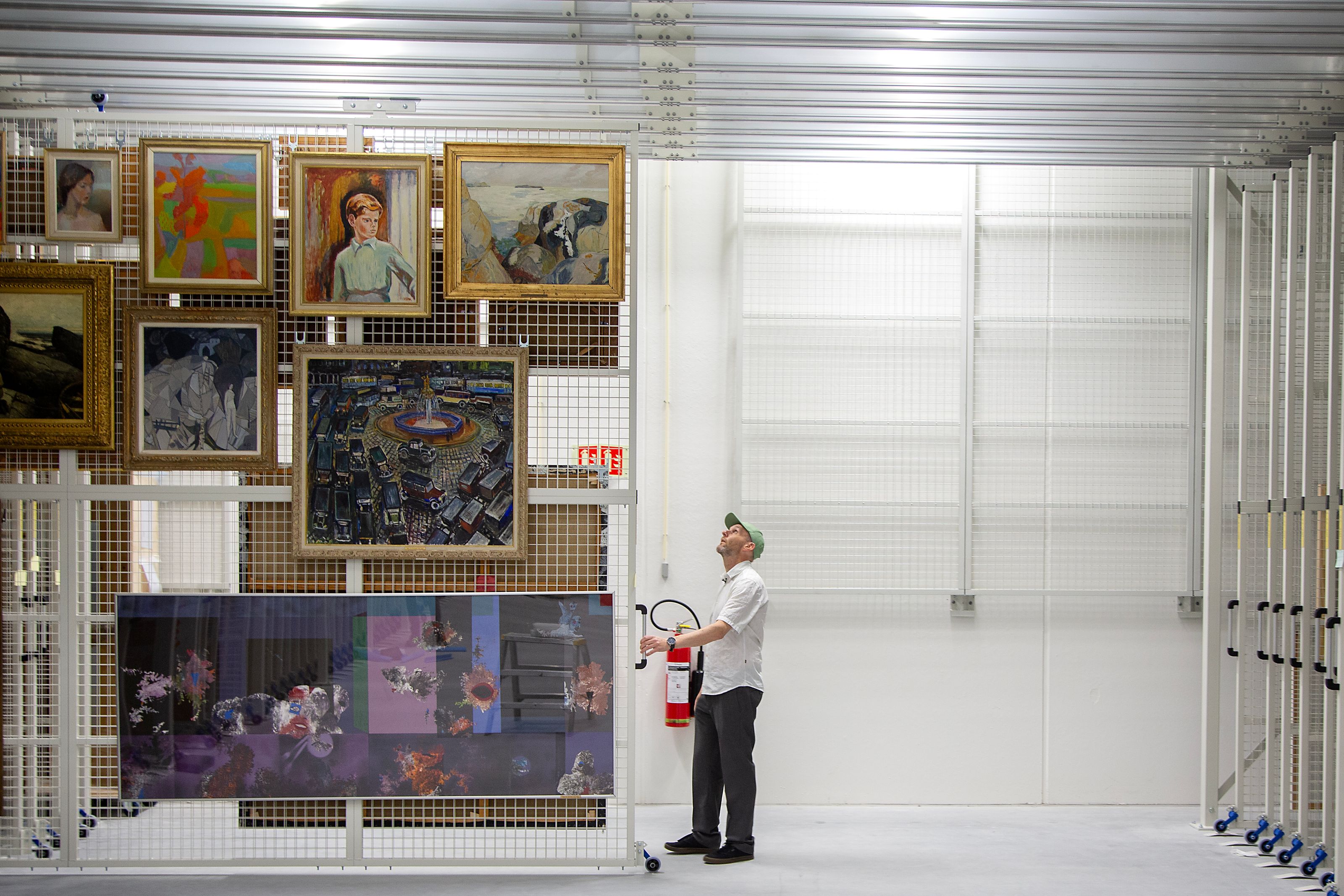
Our collections
Works from the Tangen Collection, the Southern Norway Art Collection, and the Christianssands Billedgalleri (Christianssands Picture Gallery) make up Kunstsilo’s permanent collections.

Our organization
Get to know the Kunstsilo team and our board.
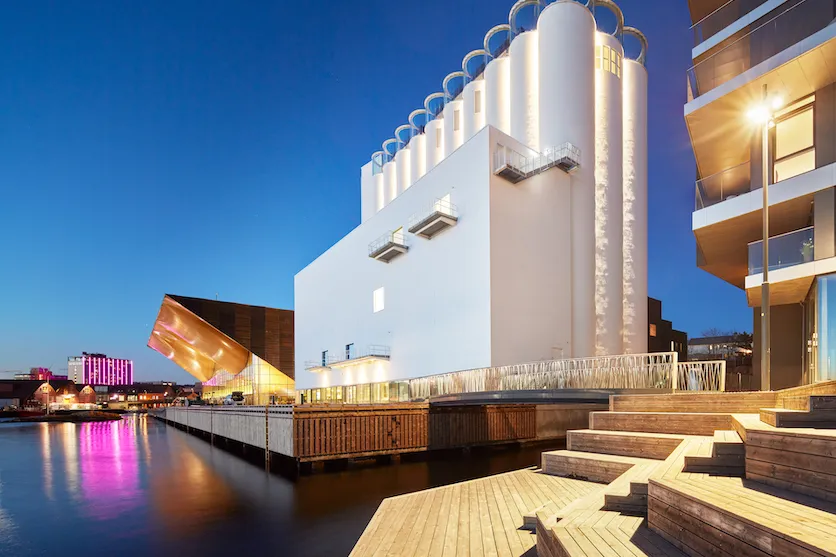
Press and media
Find our press contacts and our available press kit.
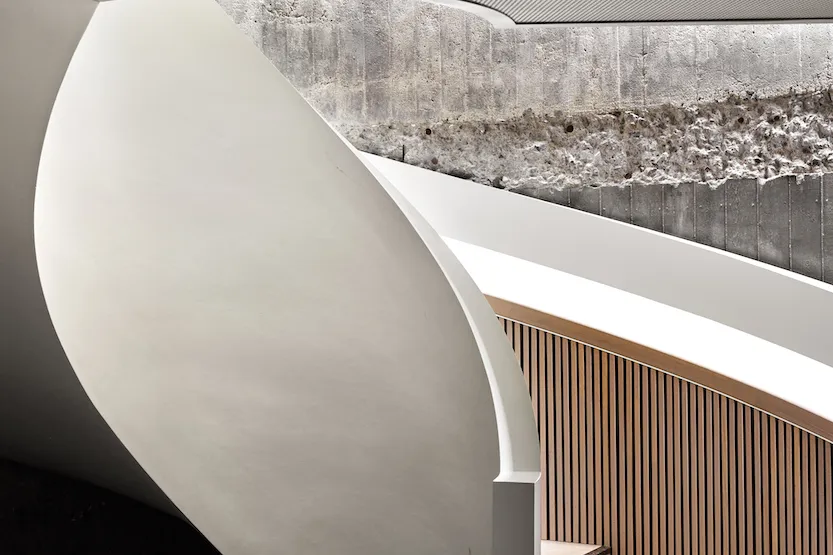
Contact
Get in touch with us.
Kunstsilo administers three permanent collections, one of which is the Tangen Collection. It contains the world’s largest collection of Nordic modernist art. Kunstsilo also has the added responsibility, as well as the desire, to take care of regional art across different types of artistic forms.
Kunstsilo is going to be a buzz with different artistic experiences and shall also be an arena for innovative digital art interaction. In addition, the silo will host a continuous programme of events and activities such as debates, family workshops, and concerts.
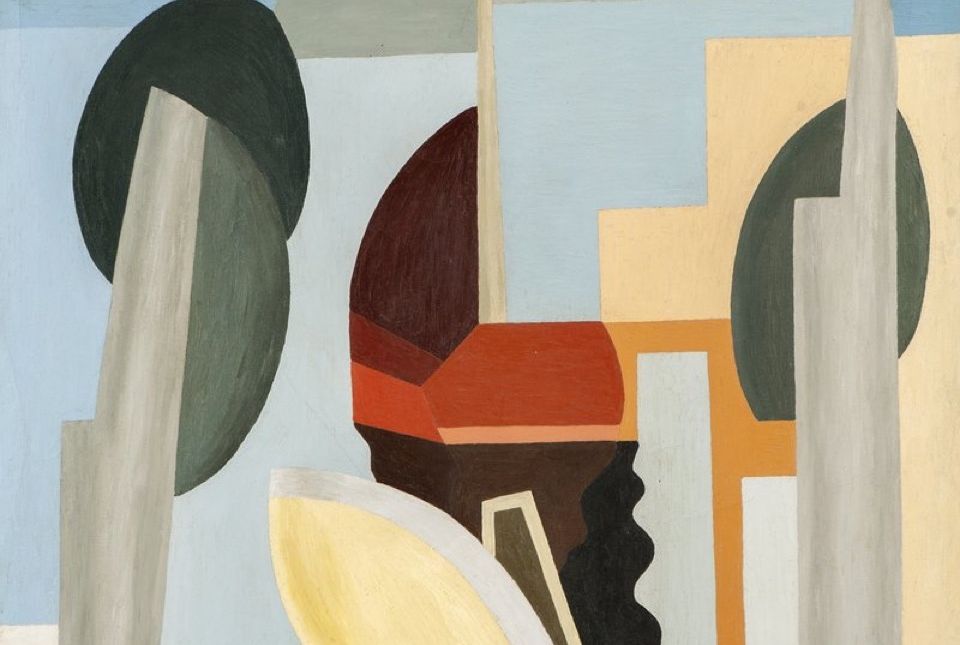
In 2015, Nicolai Tangen donated his art collection to his hometown Kristiansand. The following year, the perpetual right of disposal for the works was given to the former Sørlandets Kunstmusuem under the auspices of the AKO Art Foundation. Simultaneously, the old grain silo, built in 1935 on the peninsula of Odderøya, was suggested as a location that would serve as an ideal exhibiting venue. In 2021, Sørlandets Kunstmuseum moved out of its existing premises in anticipation of the opening of Kunstsilo.
The project was fully financed in 2019 and construction work began the same year. Kunstsilo, whose location is right in the middle of the new cultural hub situated by the sea in Kristiansand’s city centre, opened its doors to the public May 11th 2024.
